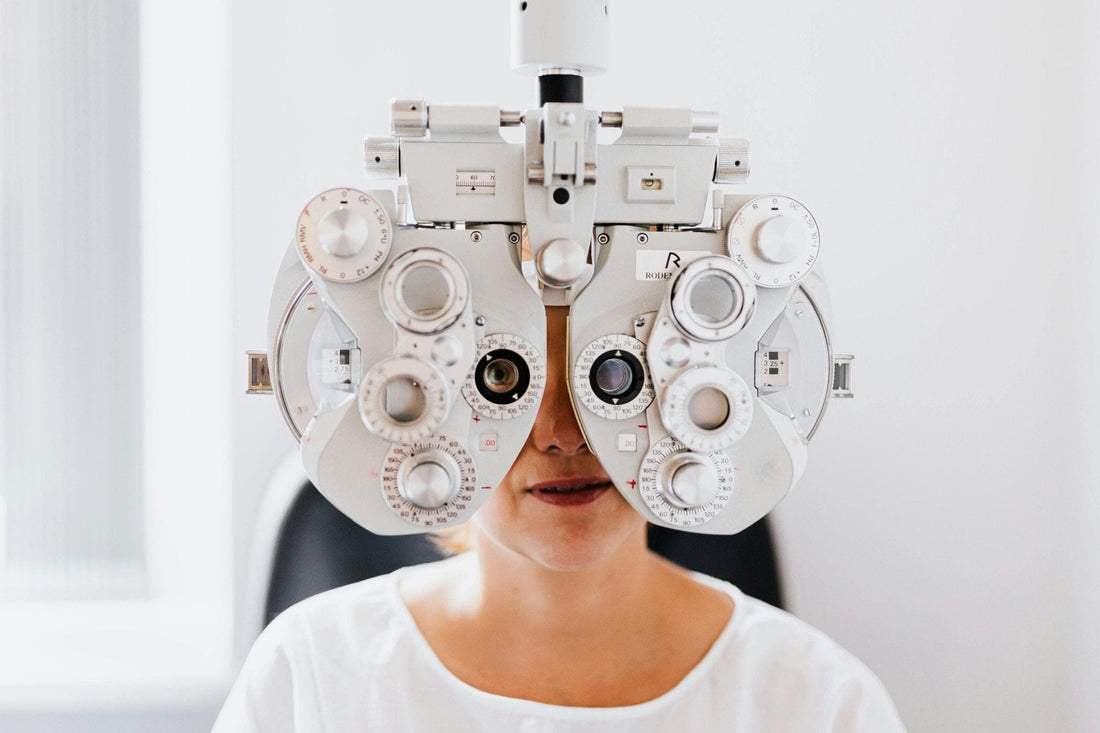
Exploring Common Eye Conditions: Shedding Light on Vision Health
Share

Our eyes are intricate organs, allowing us to perceive the world around us in vibrant detail. However, like any part of the body, they are susceptible to various conditions that can affect vision and overall eye health. In this article, we will delve into five common eye conditions, exploring their symptoms and available treatment options.
1. Refractive Errors:
Refractive errors are vision problems caused by an irregular shape of the eye, which affects how light is refracted onto the retina, leading to blurred vision.
- Symptoms:
Blurred vision, difficulty focusing, eye strain, headaches.
- Types:
Myopia (nearsightedness), Hyperopia (farsightedness), Astigmatism, Presbyopia.
- Treatment Options:
Corrective lenses (glasses or contact lenses), refractive surgery.
2. Cataracts:
Cataracts refer to a clouding of the lens in the eye. Cataracts typically develop slowly and can affect one or both eyes. They are commonly associated with aging but can also result from injury, medication side effects, or certain medical conditions.
- Symptoms:
Cloudy or blurry vision, faded colors, glare, difficulty seeing at night.
- Treatment Options:
Cataract surgery, wherein the cloudy lens is removed and replaced with an artificial lens (intraocular lens implantation).

3. Glaucoma:
Glaucoma is a group of eye conditions that damage the optic nerve, usually due to increased pressure within the eye. Glaucoma often develops slowly and without noticeable symptoms until significant vision loss has occurred. Regular eye exams are crucial for early detection and management of glaucoma.
- Symptoms:
Gradual loss of peripheral vision (tunnel vision), eye pain, blurred vision, halos around lights.
- Types:
Open-angle glaucoma, angle-closure glaucoma.
- Treatment Options:
Eye drops, oral medications, laser therapy (laser trabeculoplasty), conventional surgery (trabeculectomy).
4. Age-Related Macular Degeneration (AMD):
Age-Related Macular Degeneration (AMD) is a progressive eye condition that affects the macula, the central part of the retina responsible for sharp, central vision. AMD primarily occurs in older adults and is one of the leading causes of vision loss in people over 50.
- Symptoms:
Blurred or distorted central vision, straight lines appearing wavy, difficulty recognizing faces.
- Types:
Dry AMD (most common), Wet AMD (more severe).
- Treatment Options:
Antioxidant vitamins and minerals, injections (anti-VEGF medications), photodynamic therapy & laser therapy.

5. Conjunctivitis (Pink Eye):
Conjunctivitis, commonly known as pink eye, is an inflammation or infection of the conjunctiva, the transparent membrane that covers the white part of the eyeball and lines the inside of the eyelids. It can be caused by viruses, bacteria, allergens, or irritants.
- Symptoms:
Redness, itching, burning sensation, excessive tearing, discharge.
- Types:
Viral, bacterial, allergic.
- Treatment Options:
Viral conjunctivitis often resolves on its own but bacterial conjunctivitis may require antibiotic eye drops or ointment. Allergic conjunctivitis can be managed with antihistamine eye drops or oral medications.
Understanding common eye conditions is essential for maintaining optimal eye health and preserving vision. If you experience any symptoms related to these conditions, it is crucial to seek prompt evaluation and treatment from an eye care professional. Additionally, regular eye exams can help detect early signs of eye disease and prevent potential complications. By staying informed and proactive, we can safeguard our vision for years to come.
Written by Bôhten's in house optometrist Dr. Henry
